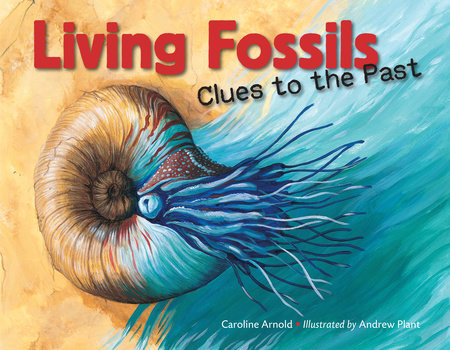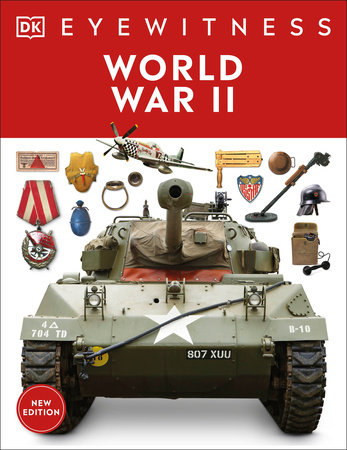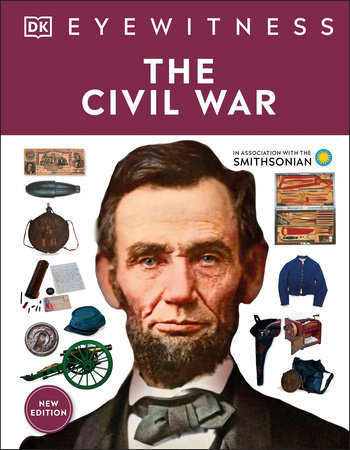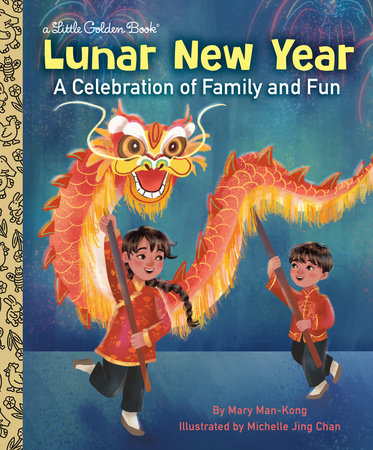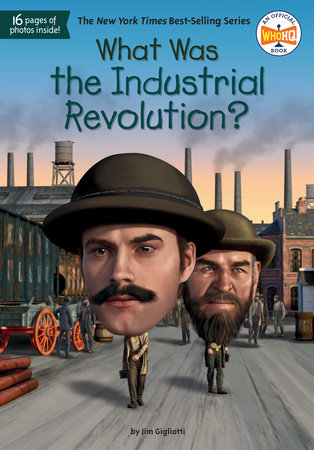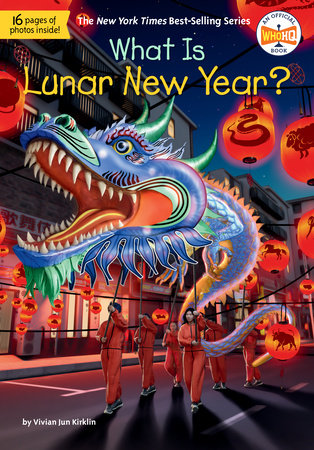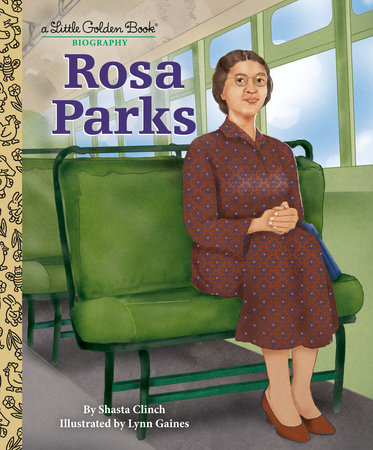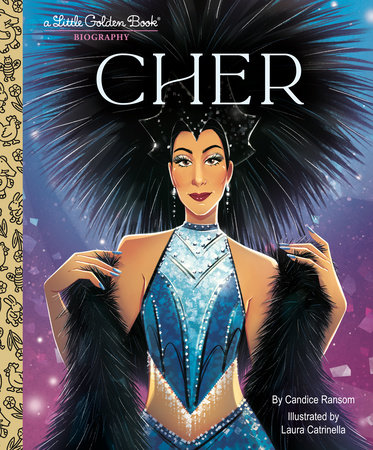Six creatures whose essential appearances haven’t changed in millions of years provide an introduction to the idea of “living fossils.”
Scientist Charles Darwin introduced this phrase in 1859, and, though it’s not scientifically accurate, it’s a popular way to refer to animals that seem to have retained ancient features. Some have even reappeared, alive, after having disappeared in the fossil record. Arnold illustrates this with intriguing examples: coelacanths, horseshoe crabs, dragonflies, tuatara, chambered nautiluses, and Hula painted frogs. Her choices range widely across the animal kingdom and come from around the world. After introducing the concept with the coelacanth, she presents the other five, each with two double-page spreads: then and now. An accompanying narrative describes major features, when and where the species can be found, something about its behavior, and, usually, some natural threats. Further facts appear in the backmatter. The pleasing design offers a clear image of the animal stretching across the fold to a column of text. Inset boxes detail adaptations that have allowed each animal to survive. (In the case of the extremely endangered frog, the question becomes “Will They Survive?”) Plant’s realistic acrylic paintings show his subjects in their natural habitats and, sometimes, as fossils.
School and public libraries whose copies of James Martin’s Living Fossils (1997) have worn out will welcome this inviting new look at a popular subject, as will kids with an interest in paleontology and evolution.
–Kirkus Reviews
Dinosaur buffs are a natural audience for this informative overview of six living species that closely resemble their distant ancestors. Plant’s (the Ancient Animals series) naturalistic acrylic paintings shift between “then” and “now” as Arnold (Too Hot? Too Cold?) compares the lives of modern-day animals and their prehistoric forebears. Bulleted sidebars present reasons why certain animals have persisted; horseshoe crabs, which have existed for hundreds of millions of years, have hard shells that protect them from predators, can adapt to ocean temperatures and saline levels, and require little food. As readers explore the characteristics that have led to these animals’ resilience, it may raise questions about how other creatures—including, perhaps, humans—will survive the test of time.
–Publishers Weekly
A glimpse into the world of living fossils, or modern-day plants or animals that are very similar to now-extinct species. Realistic acrylic paintings of the different creatures and their fossilized counterparts accompany brief text describing the creatures and comparing them to their modern versions. Sidebards point to specific survival adaptations that have allowed the horseshoe crab and dragonfly to survive from their initial evolution to today, for examples. An overview time line, which covers 3.5 billion years, will help readers see the sequence of development. The volume ends with a spread that offers further details about the six species covered. VERDICT A strong addition to all library and one that dinosaur fanatics will love.
-School Library Journal
Living Fossils is a fascinating book providing an examination of “living fossils”: plants and animals that retain characteristics of their earliest ancestors. The book discusses six different species and includes beautiful, detailed illustrations of both the ancient creatures and their modern counterparts. Details on how each creature survived, and how they have or have not adapted over time, are given. A time line and a glossary of terms are included. The book is intended for ages seven to ten and will surely spark the imagination of anyone interested in prehistory.
– Foreword Reviews
